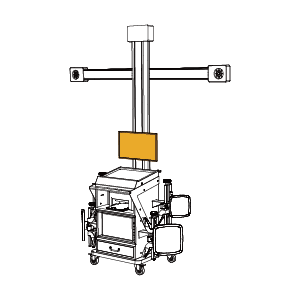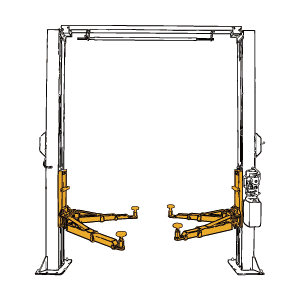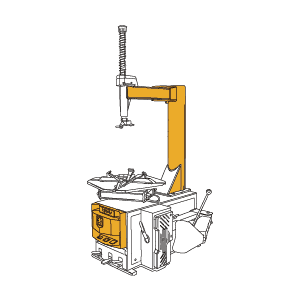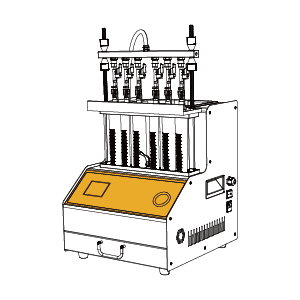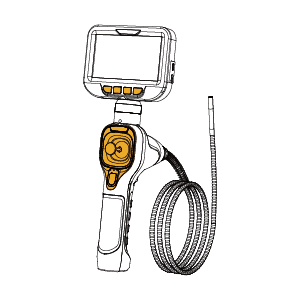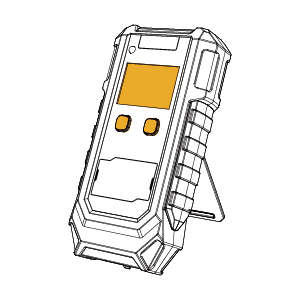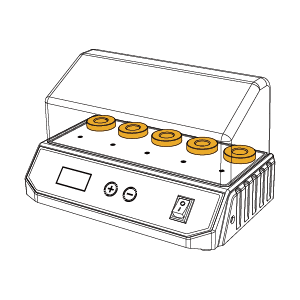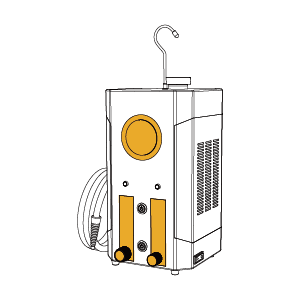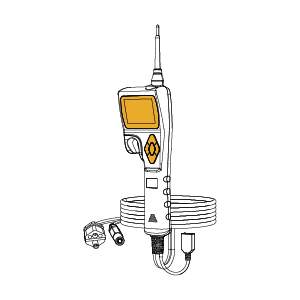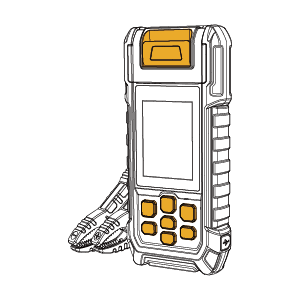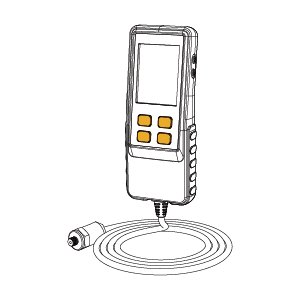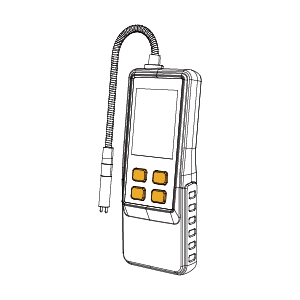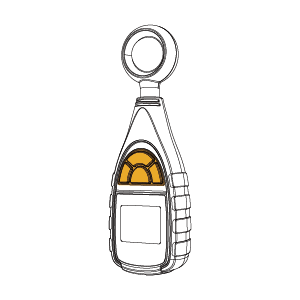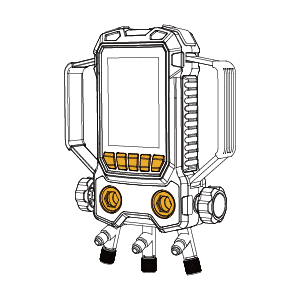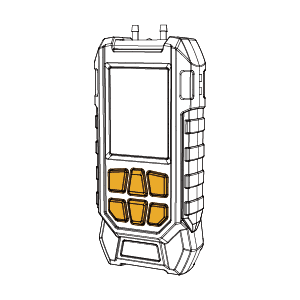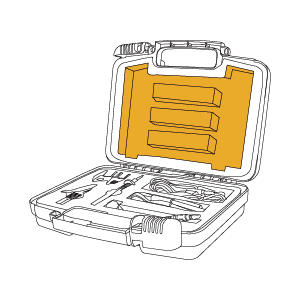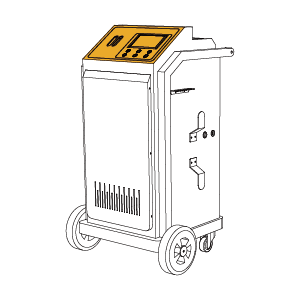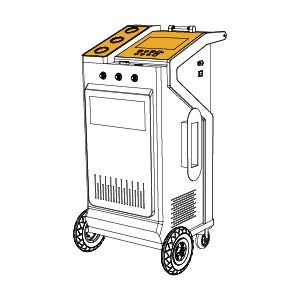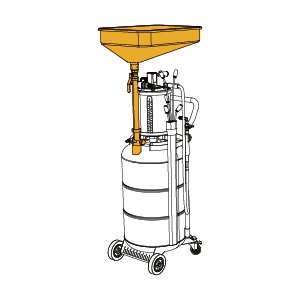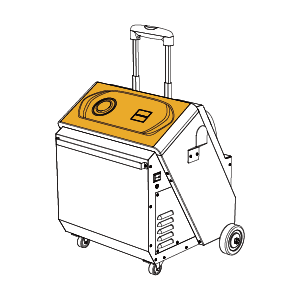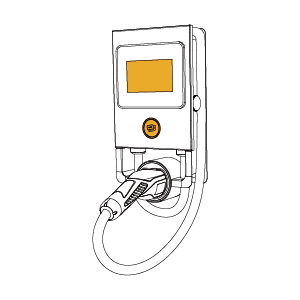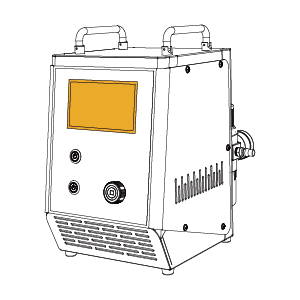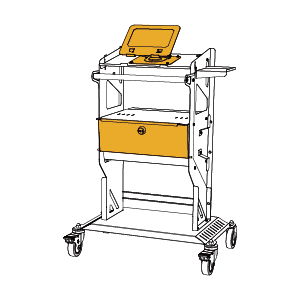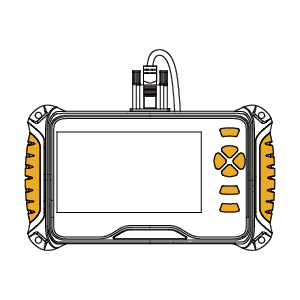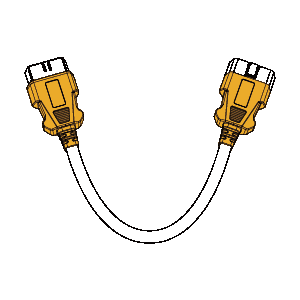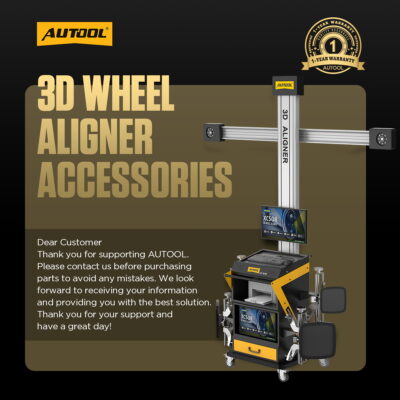Tips & Tutorials
What practical driving skills do you have?
When learning to drive, the coach teaches the following points:
- Look as far as you can while driving
- Don’t stare at the opposite car when the wrong car
- When overtaking, you must first look at a few rearview mirrors, then look out of the left window (in case there is a car coming up in the blind corner of the rearview mirror), and then use the signal light to start overtaking (here only the left lane is allowed to pass)
- Be slow before driving on the main road. If there are obstacles, you would rather stop first, and then you can see that there is no car before you go on the road.
The above points are all because the use of vision during driving accounts for more than 90% of the use of all senses, but the eyes can easily deceive us. For safety, we must be careful. As for not looking at the opposite car when the car is wrong, it is because staring can easily affect the hand holding the steering wheel, and it is easy to deviate and bump into it accidentally.
In addition, someone has asked before how to park when there is no benchmark (in parallel parking spaces on the roadside). I also had the same question. I asked the coach to pay attention to the two headlights of the vehicle behind, which are actually benchmarks. position
The experiences I have summarized include:
- When driving, pay attention to the white line on the side of the road. If the left one extends to the lower-left corner of the front window and disappears, and the right one extends to the middle under the car window and disappears, it is driving in the middle of the road. Don’t worry too much, just the opposite. Don’t lean too much over the car; it won’t run over
- When driving in the urban area, you must always pay attention to the front, back, left, and right, especially when there are pedestrians. Even if they hesitate to cross the road, they would rather stop than hitting people.
- Before reversing, be sure to look at the front, back, left, and right. If necessary, you can also lower the left window to listen. I have heard about several incidents of accidentally hitting or crushing a child when reversing. Whenever you see children, you must drive slowly
- Be sure to use the indicator light before changing lanes. When driving in the city, you should always prepare for the brake with your right foot.
I once took an EcoDrive class. On how to save fuel and reduce emissions, the main points are:
- Shift gears fast. This is not to say how fast the action should be, but the time interval between shifting from gear 1 to gear three should be short.
- When the speed limit is 50, it is unnecessary to hang on the 3rd gear. The 5th gear can drive 50 kilometers per hour, but it is more fuel-efficient.
- The acceleration process should be fast, step on the accelerator and quickly increase the speed from 50 to 80, which is more fuel-efficient, and exhausts less exhaust gas than slowly increasing from 50 to 80
- When you need to decelerate, you don’t have to step on the brakes. The engine also has a deceleration function, which is to reduce gears, for example, from 5 to 4 or 3, which can extend the life of the brakes.
Finally, we must ensure the safety of driving. Do not drive when you are angry, do not seize the road with people, do not drag racing with others, observe more, and drive carefully.


